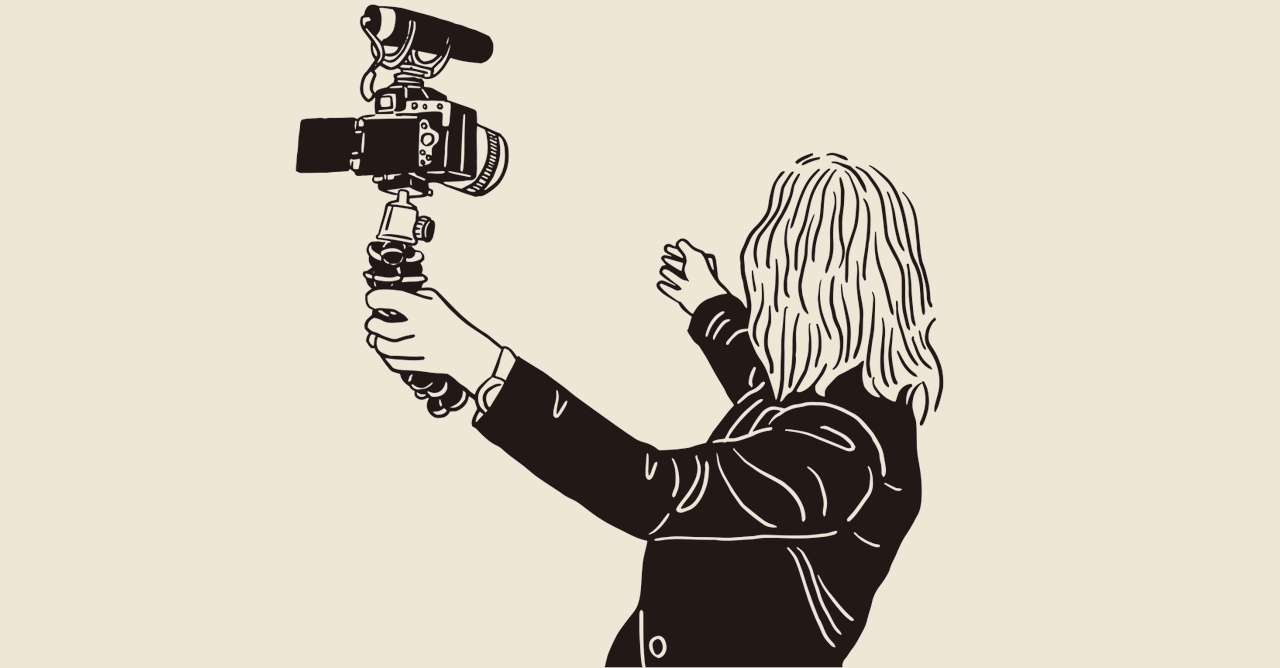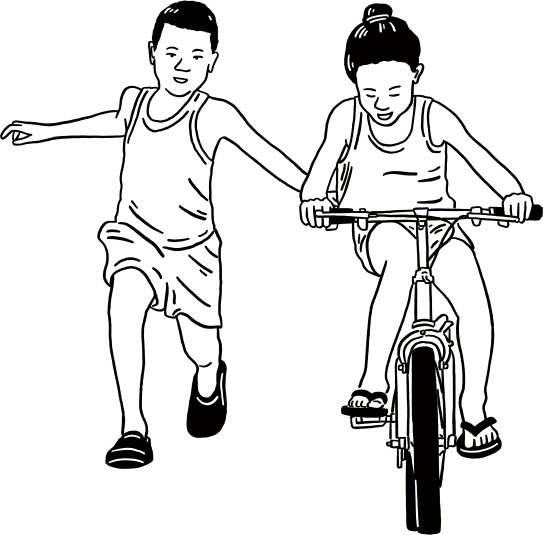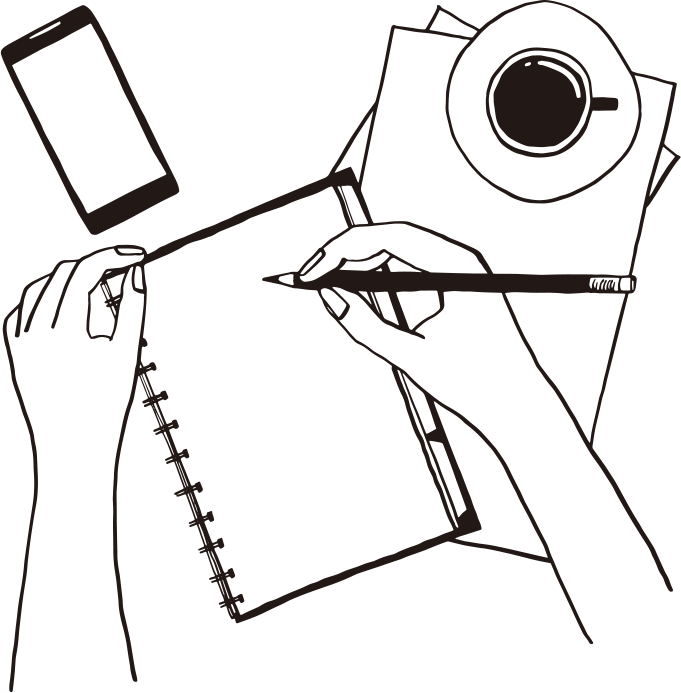Utility of Daily Routine
The Archive of Everyday Life
Compiled by Ordinary People
When you cannot even remember what you did yesterday, try keeping a diary. What is written in the diary will last even 100 years later. This section traces the footsteps of memory in the records kept by ordinary people from the past.
📝Text by. Su-bin Cho

The First Vlog
Vlog, a coined word that combines video and blog, is a kind of diary kept in videos. The growing popularity of vlog is attributed to people’s curiosity over the private life of others, a sense of validation by sharing everyday life, including vicarious pleasure. Vlog may look like new content that has emerged recently, but in fact, the origin of vlog dates back to some 40 years.
In 1989, a man and his friend were chatting in a car and they stopped at a gas station to fill the car. They got back in the car and filmed the landscape of the neighborhood where they passed by. Finally, they bought hamburgers at a fast-food restaurant and went back home. They filmed this short trip including the candid conversation they had in the car while driving. The man who documented the trip in the video was Nelson Sullivan, an American video artist. This video was made in 1989, but it was edited in a very similar way that vlogs are edited today. Sullivan also filmed the landscape around his house in New York and other aspects of his daily life in diary format.
Back then, the media of record keeping was mainly text and photos and videos were used merely as supporting content.
In the mid- to late 2010s, the YouTube market began to grow rapidly and vlog or personal video recording increased exponentially.
The Parenting Diary
Kept During War

“July 4, 1938, we named her Jessie. (…) Welcome to the world, my baby Jessie!” An independence activist couple went to China in 1938 when the China-Japan War was in full swing. They had a baby girl and named her Jessie. They kept a parenting diary documenting the growth of their daughter in the next 8 years. The diary titled “The Diary of Jessie” still remains today.
The authors of this parenting diary are Woo-jo Yang and Seon-hwa Choi, a couple who served as independence activists at the Provisional Government of the Republic of Korea in Shanghai. They kept this diary from 1938 to 1946 when they returned to Korea. The diary is filled with detailed and graphic descriptions of how they raised their daughter, including mistakes they made as first-time parents, feelings and emotions they went through, and thoughts on how to educate their daughter. They also wrote about how they struggled as they juggled the roles of independence activists and parents. Their life as depicted in the diary does not look depressing at all. Rather, they look like one happy family with a strong bond shared among the three of them. Peeping into the daily life of the family who lived in the midst of a war as far back as 80 years ago, I can tell they were no different from today's first-time parents struggling to raise their kids, which touches my heart and makes me smile at the same time. This parenting diary had remained undisclosed from the public until the father Yang died. It became known to people through his granddaughter in 1999. Indeed, the diary once again shows how recorded material can be brought back to life no matter how much time passes.
To me as a kid, a diary was something I kept in secret under the blanket and hid in the back of a drawer to ensure that no one else would read it. Though it was just a record of days that were no different than others, a diary was the most reliable friend to which I could pour my heart out and share my deepest thoughts and feelings. Today, however, a diary is not something that is kept to its writer only. Rather, it is a medium through which people disclose their private life, share their interests, and have fun with others by clicking the like button for one another.
People today are not reluctant at all to reveal the most private aspects of their life mainly due to the rise of social media, a recording-based social networking service. They view social media as a tool for “sharing” their daily life rather than “disclosing” it. It is not just about photos or videos. As the two pillar diary platforms Naver Blog and Kakao Brunch become popular, recording daily life has become simple and easy. “Today’s Diary Challenge” launched by Naver Blog has made it a fun game to post a piece of writing a day, which became hugely popular. On Kakao Brunch that rolled out the slogan “The Space Where Your Writing Becomes a Literary Work,” all of those who write a diary as if creating a literary work are treated like a writer. This indicates that people are discovering a new kind of fun somewhere between “recording” and “sharing.” In this sense, it is no exaggeration to say that the new era of keeping a diary has come.
The Era of Diary Returns!

